
In a world saturated with advertisements for the latest antibacterial soaps and high-tech cleaning gadgets, the Amish offer a refreshing perspective on hygiene. This community, known for its simple and traditional lifestyle, has developed a unique set of practices for maintaining cleanliness and personal care. So, here are ten insights into the hygiene practices of the American Amish.
A Simple Approach To Personal Care
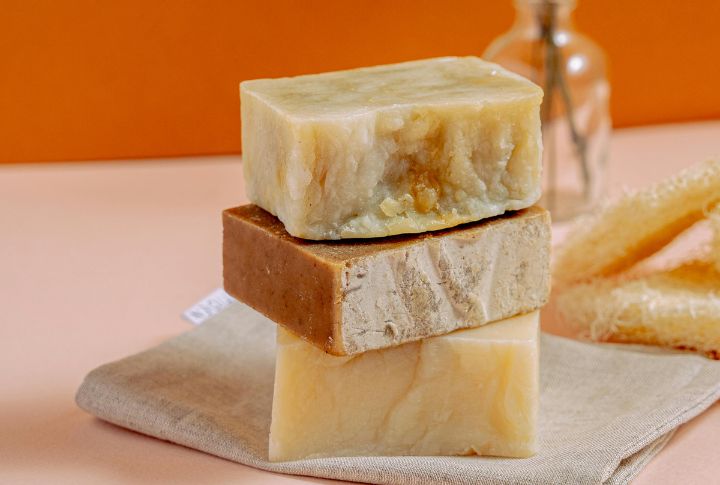
Simplicity is a cornerstone of Amish life, and their hygiene practices are no exception. Traditional Amish often stick to basics like soap, water, and homemade remedies. However, some New Order Amish have embraced store-bought products, blending practicality with their commitment to modesty and functionality.
Natural Cleaning Methods

Amish households have a long tradition of creating their own cleaning products. Common ingredients like vinegar and lemon are staples in their homes. These natural substances not only keep their spaces clean but also align with their belief in avoiding chemicals and excessive consumption.
Frequent Hand Washing
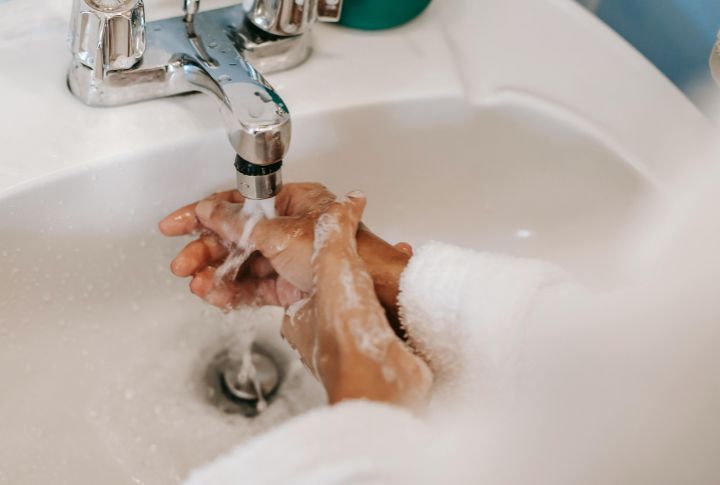
When working on farms or handling animals, Amish individuals often wash their hands frequently throughout the day to maintain cleanliness. It ensures that they stay hygienic while working in environments that may be dirtier or more contaminated, particularly when handling livestock or equipment.
Bathing Practices Rooted In Tradition
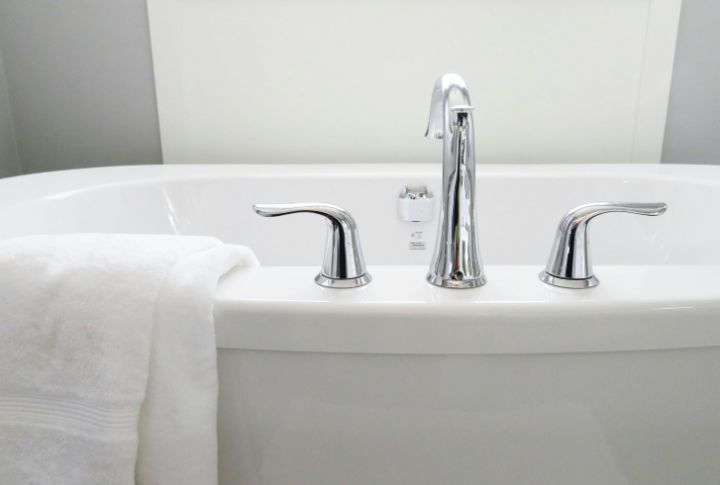
Bathing habits among the Amish differ by group. Conservative communities, such as the Swartzentruber Amish, typically bathe weekly during winter using shared tubs and heated water. Meanwhile, New Order Amish, which has indoor plumbing, often follows modern routines, bathing daily or every other day.
Practical Hair Grooming

When it comes to hair care, Amish people keep things simple. Women wear their hair long, while men keep it short, but both groups avoid modern hair products. Instead of gels and sprays, Amish hair is combed and maintained using basic methods. The focus is on clean, natural beauty over trends.
Living Without Modern Plumbing
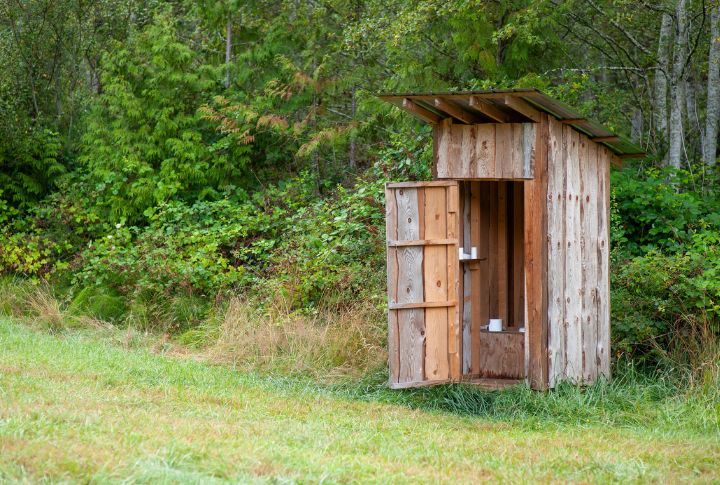
For many Old Order Amish, indoor plumbing is uncommon. They depend on wells, hand pumps, and outhouses for daily hygiene, reflecting their commitment to simplicity. In contrast, New Order Amish often have running water and showers. The use of modern plumbing varies widely and is shaped by each community’s level of traditional values.
Clothing That Supports Cleanliness

Amish clothing prioritizes practicality and cleanliness. Layered garments protect against dirt and the elements, while plain designs are easy to wash and maintain. However, shared clothing and frequent use can lead to issues like lingering odors, highlighting the challenges of maintaining hygiene within their commitment to resourcefulness.
Cleanliness As A Community Effort
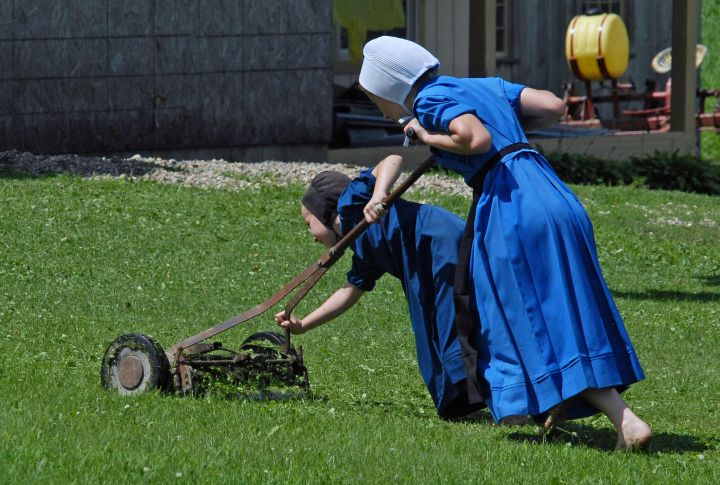
In Amish culture, cleanliness is a community responsibility. Neighbors often help each other with cleaning chores, creating strong bonds within their communities. This mutual support highlights their cooperative lifestyle, where everyone pitches in to maintain clean homes and shared spaces.
Health Beliefs Shape Hygiene Habits

Amish hygiene practices reflect their spiritual beliefs, with the body seen as a “temple of God.” Cleanliness emphasizes both physical and spiritual health. While natural remedies and preventive care are common, many Amish communities do visit doctors and use modern medicine, including vaccinations.
Outdoor Hygiene In Rural Areas

In rural Amish communities, outdoor hygiene practices are part of everyday life. Bathing outdoors during warmer months is common, especially in homes without indoor plumbing. Amish families rely on natural water sources, which they view as purer and more aligned with their simple, nature-centered lifestyle.

